
Ingredient
Truffles
The Earth's Edible Gems
Truffles are a type of fungi that grow underground in a symbiotic relationship with certain tree roots. They have a distinct aroma and flavor, often described as earthy, musky, and garlicky. Truffles come in various species, including black truffles and white truffles, each with its own characteristics and culinary applications. Their rarity and exquisite taste have made them a sought-after ingredient in gourmet cuisine around the world.
Origins and history
Truffles have a long history dating back to ancient civilizations, where they were considered delicacies and used for their medicinal properties. They were highly valued by the ancient Greeks and Romans, and truffle hunting became a popular activity during the Renaissance. Today, truffles are primarily found in regions like France, Italy, Spain, and Croatia, where the climate and soil conditions are favorable for their growth.
Nutritional information
Truffles are low in calories and fat but rich in minerals like potassium, calcium, and iron. They also contain antioxidants and have been associated with potential health benefits, such as boosting the immune system and reducing inflammation.
Allergens
Some individuals may be allergic to truffles, particularly those with mushroom allergies. It is recommended to exercise caution and consult a healthcare professional if you suspect an allergy.
How to select
When selecting truffles, look for ones that are firm, with a strong aroma. Fresh truffles should feel heavy for their size and have a smooth, unblemished surface. Avoid truffles that are soft, moldy, or have a weak scent, as these are signs of poor quality or spoilage.
Storage recommendations
To extend the shelf life of truffles, store them in airtight containers or wrapped in paper towels in the refrigerator. Place them in a separate compartment or container to prevent their strong aroma from permeating other foods. Truffles are best consumed within a few days of purchase to enjoy their optimal flavor and aroma.
How to produce
Truffles are typically foraged in the wild by trained dogs or pigs, as they have a keen sense of smell that can detect the truffle's aroma. Cultivating truffles is a complex and time-consuming process that involves inoculating tree roots with truffle spores and providing the right conditions for their growth. It requires specialized knowledge and expertise.
Preparation tips
Truffles are often shaved or grated over dishes to impart their unique flavor and aroma. They are commonly used in upscale restaurants to enhance the taste of pasta, risotto, eggs, potatoes, sauces, and even desserts. Truffle-infused oils, butters, and salts are also popular culinary products that capture the essence of truffles.
Culinary uses
Truffles are highly regarded in French and Italian cuisines, where they are used in traditional dishes like truffle pasta, truffle risotto, truffle omelets, and truffle-infused sauces. They are also prized in international gourmet cuisine and are considered a luxurious ingredient for special occasions and fine dining experiences.
Availability
Truffles are primarily found in regions like France, Italy, Spain, Croatia, and parts of the United States. They are cultivated and harvested during specific seasons, with different species having varying availability throughout the year.
More ingredients from this category
Recipes using Truffles » Browse all

Molecular Gastronomy Mushroom Fritters
Whimsical Mushroom Fritters: A Molecular Gastronomy Delight
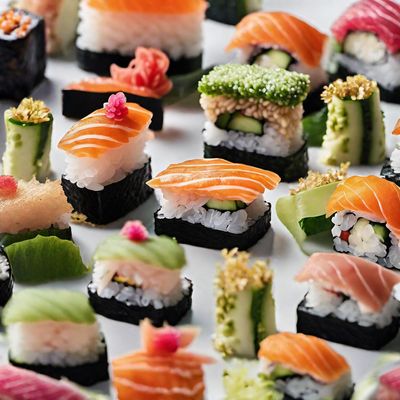
Haute Cuisine Sushi
Elevated Sushi Delights: A Haute Cuisine Twist
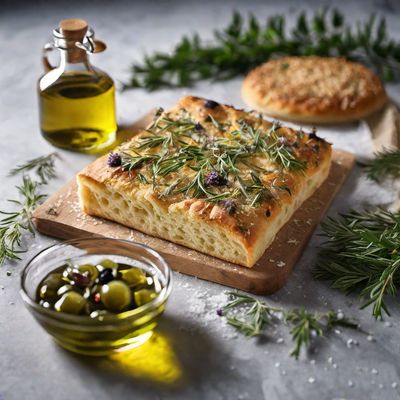
Haute Cuisine Focaccia
Elevated Focaccia: A Haute Cuisine Delight

Haute Kasspatzln
Elevated Austrian Dumplings: Haute Kasspatzln

Haute Cuisine Lasagne
Elevated Layers of Delight: Haute Cuisine Lasagne
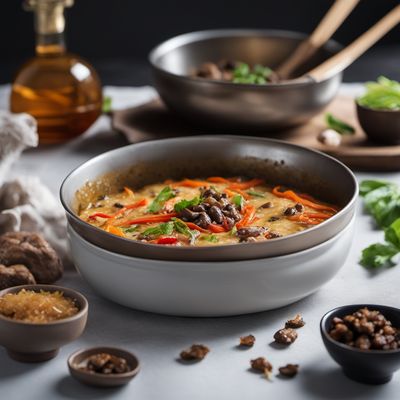
Shandong-style Truffle Frittata
Savory Truffle Delight: Shandong-style Frittata

French-inspired Sushi Rolls
Sushi à la Française
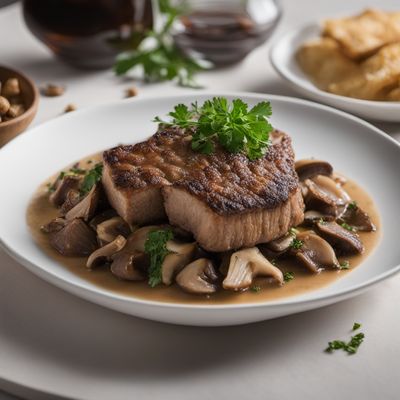
Bagnet Rossini with Truffle Mushroom Sauce
Succulent Bagnet Rossini: A Gourmet Delight with Truffle Mushroom Sauce

Savory Beef Medallions with Truffle Demi-Glace
Elevated Beef Medallions: A Gourmet Delight

Uni Chawanmushi with a Twist
Velvety Delight: Uni Chawanmushi with a Burst of Flavor
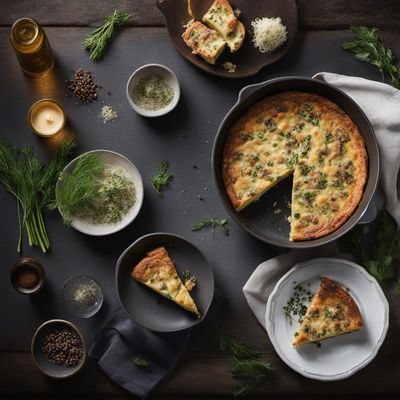
Truffle Frittata
Indulgent Truffle Delight: A Luxurious Twist on the Classic Frittata

Medaglioni alla Rossini
Savory Beef Medallions with Truffle Sauce

